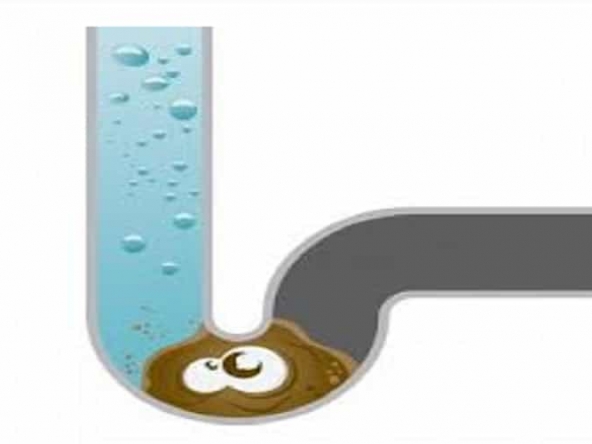Controlling condensation is important to do as water trapped in your property can cause all sorts of damage and health problems.
There are three main causes of condensation
• Moisture produced by everyday activities.
• Not enough ventilation.
• Cool temperatures.
Cooking, drying clothes, showering – even breathing – add to the moisture in the air. If this moisture is allowed to build up it can cause damp. This can increase the risk of respiratory illness and cause black mould growth on walls, ceilings, furniture and clothing.

There are three main ways to tackle the problem
• Stop moisture building up.
• Ventilate, or air, the home.
• Keep your home warm.
When moisture is being produced in your home there are ways you can reduce its impact;
- • Wipe down surfaces where moisture settles.
• Cover boiling pans when cooking.
• When cooking, bathing or washing and drying clothes, close kitchen and bathroom doors to prevent steam going into colder rooms, even after you have finished.
• Cover fish tanks to stop the water evaporating into the air.
• Dry clothes outside where possible.
• The landlord should make sure tumble dryers are vented to the outside
• When cooking or washing, open windows or use extractors.
• Where drying clothes inside is necessary, do so in a small room with windows open.
• Open windows for a while each day or use the trickle/night vents.
• Do not block air vents – this is also important where gas and heating appliances are concerned as they need a supply of oxygen to work effectively and allow gases, such as carbon monoxide, to escape.
• Tenants should allow air to circulate around furniture and in cupboards. Air flow can be improved by making sure cupboards and wardrobes aren’t overfilled and ensuring there is space between the furniture and the wall.
Keep your home warm
• Draught proofing will keep your home warmer – and help reduce fuel bills. When the whole house is warmer, condensation is less likely to form.
• Tenants should maintain a low heat in their property when the weather is cold or wet. This is more effective than short bursts of high heat.
What to do if your home already has mould
The tips set out above should help prevent mould, but what if you already have the problem? How do you get rid of it?
• Do not disturb mould by brushing or vacuum cleaning. This can increase the risk of respiratory problems.
• Mould is a living organism and needs killing to get rid of it. To do this, wipe down affected areas with a fungicidal wash – one which carries a Health and Safety Executive approved number – making sure you follow the manufacturer’s instructions. Do not use bleach or washing up liquid.
• Treat any mould you may already have in your home then do what you can to reduce condensation. This will restrict new mould growth.
• Tenants should dry clean mildewed clothes and shampoo any affected carpets.
• After treatment, redecorate using a good quality fungicidal paint to help prevent mould recurring. This paint is not effective if overlaid with ordinary paints or wallpaper.
I have followed the advice in this leaflet, what do I do next?
If you have followed the advice given in this article, then you should begin to notice a considerable improvement within a few weeks (around four to six weeks). If the problem persists, it may be due to another cause of damp. There are four main causes of damp.
• Condensation – as discussed in this article
• Rising damp – You can usually see this as a tide mark above the skirting board although it is rare due to damp proof courses
• Penetrating damp – caused by a problem with the fabric of the building which means rainwater is able to get through the walls, roof, windows or doors.
• Plumbing faults or broken leaking pipes
It is usually easy to identify rising damp and penetrating damp at the early stages. It can be more difficult to identify a leaking pipe, consequently if you suspect you may have a leaking pipe then you should report it to our office as soon as possible.
If you have not seen obvious improvement after following our advice, or you suspect a more serious cause of damp, please contact us as soon as possible.





